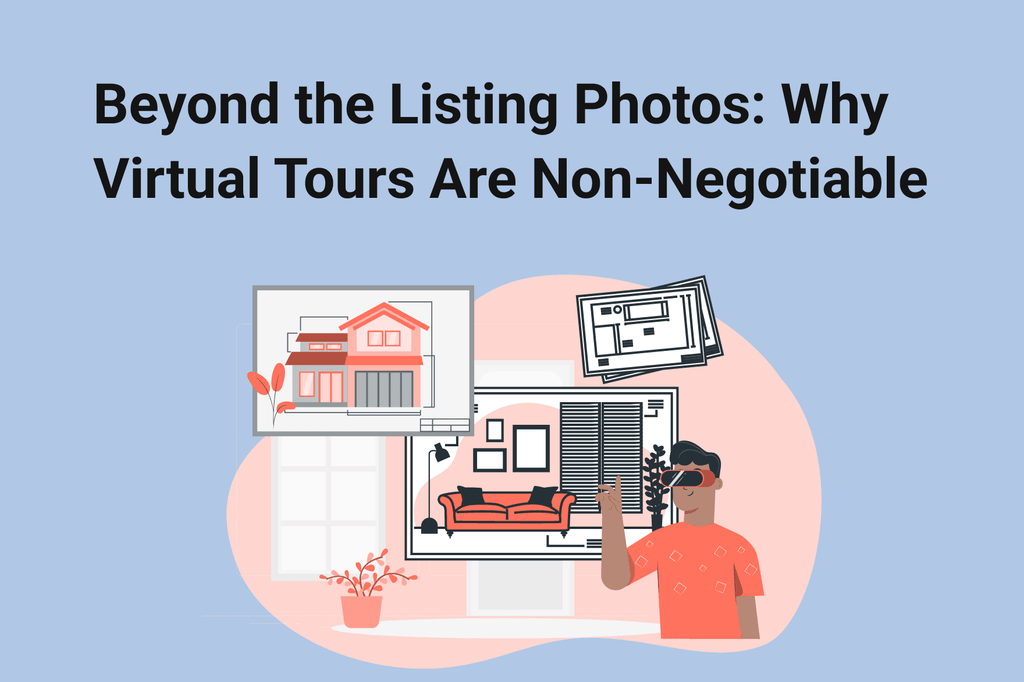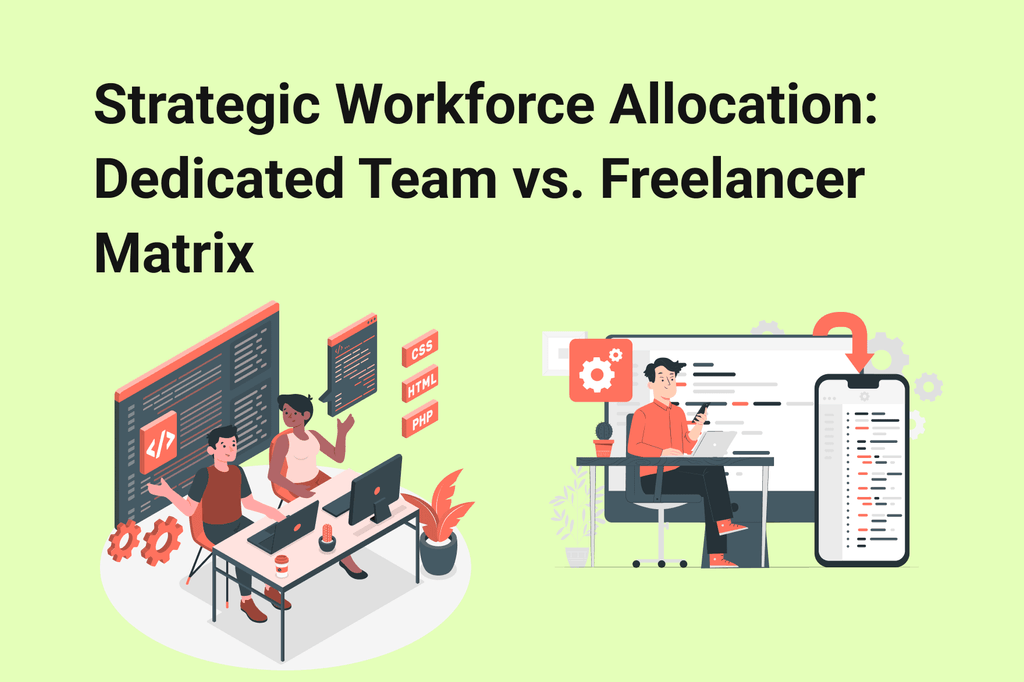
Watch Our Product Design Video
Watch the product design session video from Visual Craft's CEO at the Founders Institute conference.
Don’t know where to start?
We will advise you on the best way to realize your idea, leveraging our expertise
FAQ
Why do you need to provide value in your products and services?
Companies that add value to their products or services are more likely to attract customers and boost profits. Value-added is effectively the difference between a product's cost of production and its price to consumers.
What factors determine the value of a product?
The value of a product depends on two factors: the importance of a goal that a customer is trying to achieve, and the availability of other solutions in the market.
What is the value of a product to the customer?
Product value is determined by its cost of production, how useful it is to customers and the value of the individual components. Perceived value is a more abstract measurement that represents how much customers feel the product is worth.
Why is it important to provide value to your customers?
By adding value to a product or service, companies can increase the amount of revenue they generate and the profits they produce. Value-added is effectively the difference between a product's price to consumers and the cost of producing it.
Table of contents:
Want to estimate your app idea?




